Dry: A Weekly Western Drought Digest — August 9, 2022
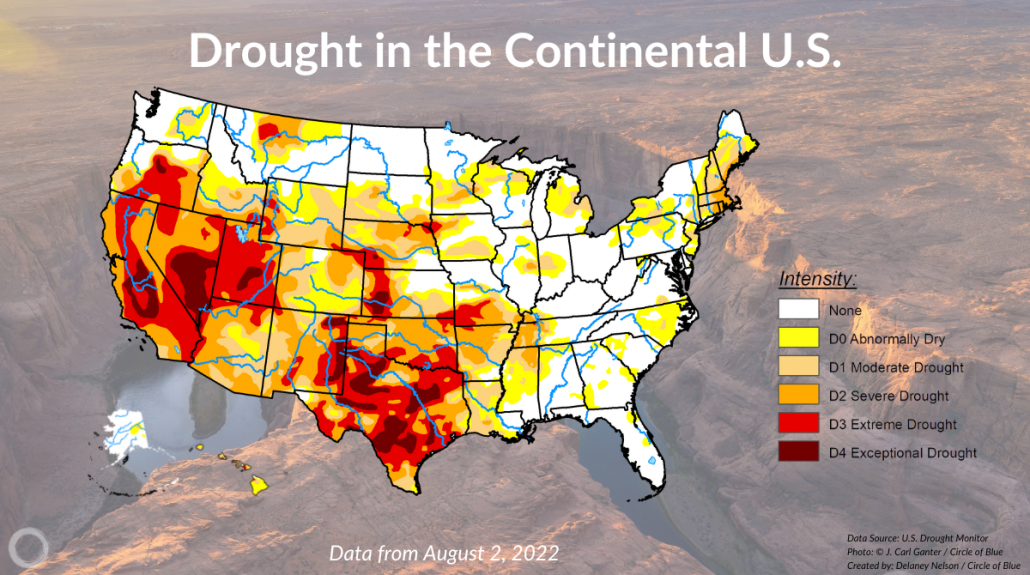
By Delaney Nelson, Circle of Blue – August 9, 2022
The American West is experiencing its most severe drought in 1,200 years. The consequences are far-reaching and long lasting. Forests become tinder boxes. Hydropower is weakened. Human health and wildlife is threatened.
Each week, Circle of Blue breaks down the biggest stories, the latest data, and the most promising solutions to the United States’ most urgent water crisis. Read Dry: A Weekly Western Drought Digest, your go-to news brief on the drying American West.
TOP NEWS
- Drought conditions look similar to last week’s numbers. As of August 2, 43 percent of the U.S. and Puerto Rico are in drought, down over two percentage points in the last month.
- Colorado River tribes demand the Department of the Interior and basin states include them in river-use reduction plans.
- The U.S. Senate passes a major climate bill, which includes $4 billion to tackle drought.
- Cities in the Rio Grande Valley implement water restrictions as reservoirs reach near-historic lows.
THE NUMBERS
- More than 130 million people live in areas experiencing moderate drought or worse. According to the U.S. Drought Monitor, dry conditions are present across 234 million acres of cropland.
- New research suggests counties with moderate-to-high wildfire risk are more likely to be counties with higher poverty rates. Authors of a University of Georgia study estimate that communities with majority Native American, Black, or Hispanic populations experience 50 percent greater vulnerability to wildfire compared with other census tracts. Almost one-fifth of active wildfires last month were in western states.
- The California Department of Water Resources reported 226 dry wells throughout the state in the last thirty days. Since the start of this year, the department has reported a 71 percent increase in dry wells from the same time period last year. Almost all of California is in some form of drought.
- The Bureau of Reclamation approved $865,000 for six drought planning programs. As of August 2, over half of the West was experiencing severe drought or worse. The agency awarded grants to cities in Arizona, California, Colorado, New Mexico and Oregon to create “comprehensive” drought plans and build long-term drought resiliency.
STATUS OF TOP RESERVOIRS/COLORADO RIVER
- While both the upper and lower basins are allotted the same 7.5 million acre-feet per year of river water for consumptive use, the lower basin regularly uses more water than its neighbors upstream. According to a study published in July in the journal Science, the lower basin and Mexico have been using their full combined allotment of 9 million acre-feet per year, whereas upper basin states have used 3.7 million acre-feet per year on average in the last two decades. The unequal water use is causing disagreements between basin states as they navigate mandated water cuts by the Bureau of Reclamation.
- Two southern California water districts are putting forward a plan to reduce their Colorado River use by up to 500,000 acre-feet of water, according to reporting by the Desert Sun. The reported plan is expected to cost billions of dollars in public funds and relies on two costly solutions: to pay farmers and landowners to not plant crops or to install efficient, yet expensive, drip and recycling water systems.
COLORADO BASIN TRIBES
In a letter submitted to the Department of the Interior last month, 14 of the 30 federally recognized Native American tribes in the Colorado River basin declared they have been left out of conversations and plans to reduce river use. In June, the Bureau of Reclamation mandated that Colorado River states develop a plan to conserve two million to four million acre-feet of water in the next year – a change that will, without question, impact tribal water access and rights. The tribal leaders demanded the Interior Department include them in discussions. They wrote: “We should not have to remind you – but we will again – that as our trustee, you must protect our rights, our assets, and people in addition to any action you take on behalf of the system.” Tribal communities, which hold rights to around a quarter of the river, have historically been excluded from Colorado River decision-making.
SINEMA’S LEVERAGE
The U.S. Senate passed a major climate, tax and health care bill Sunday, representing the largest climate investment in the country’s history. The Inflation Reduction Act, which was passed along party lines, includes $4 billion in funding for drought resilience in the West, a key condition for Sen. Krysten Sinema (D-Arizona) to support the bill. In an effort to tackle drought and declining water levels in the Colorado River, the legislation would allocate the funds to the Bureau of Reclamation to pay farmers not to withdraw water or to install efficient watering technology. The House is expected to pass the bill later this week.
RIO GRANDE VALLEY
Two of the largest Texas border towns are implementing mandatory water restrictions amid declining Rio Grande reservoir levels and shrinking water supplies. As of August 8, Falcon International Reservoir in Zapata County is less than 10 percent full and Amistad Reservoir is 31 percent full – both near historic lows. The National Weather Service in Brownsville characterized the situation as “dire,” stating that only a tropical event can relieve the dry conditions.
Last week, McAllen Public Utility restricted residents and business owners to watering twice a week on designated days and times. Residents must repair controllable leaks and are prohibited from washing most paved areas, including sidewalks and driveways. Zapata County doesn’t have enough water for its residents, Border Report reported last week. Brownsville is implementing similar restrictions, limiting outdoor water use to specific days, times, and locations.
WHAT’S AHEAD
Western states may experience temporary relief from intense heat in the coming week. The National Weather Service Climate Prediction Center forecasts above-normal precipitation in Nevada, Utah and Texas, as well as below-normal temperatures in Arizona, Nevada and California.
Delaney Nelson is an intern for Circle of Blue covering drought in the American West. She writes Circle of Blue’s weekly roundup of drought in the American West. She’s a rising senior at Northwestern University studying journalism, political science, Spanish and environmental policy. In her free time, she likes to hang out with her dogs, play soccer and swim in Lake Michigan.

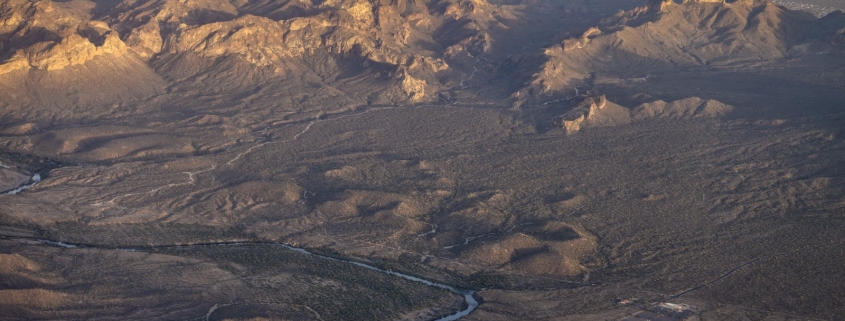 © J. Carl Ganter / Circle of Blue
© J. Carl Ganter / Circle of Blue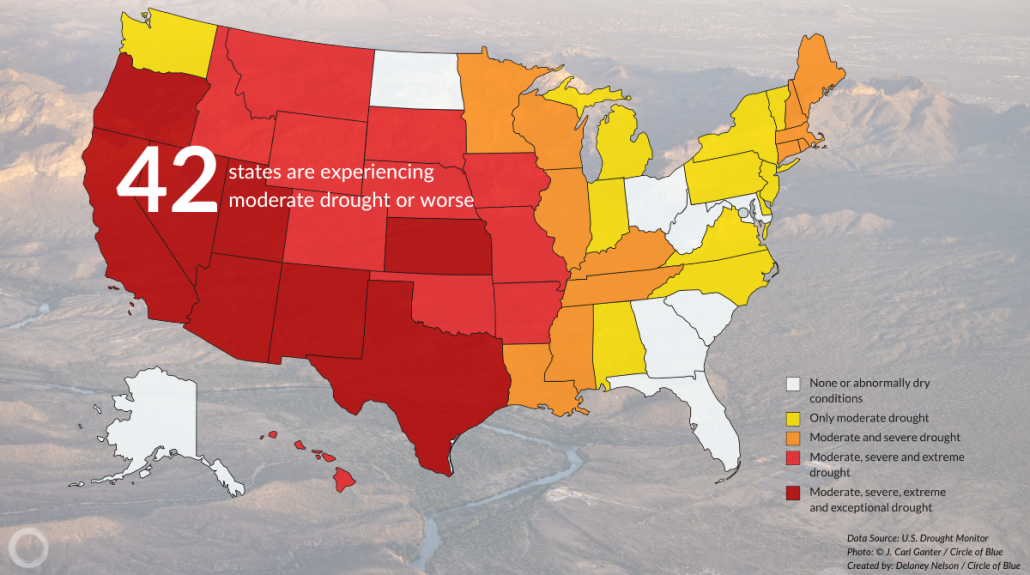
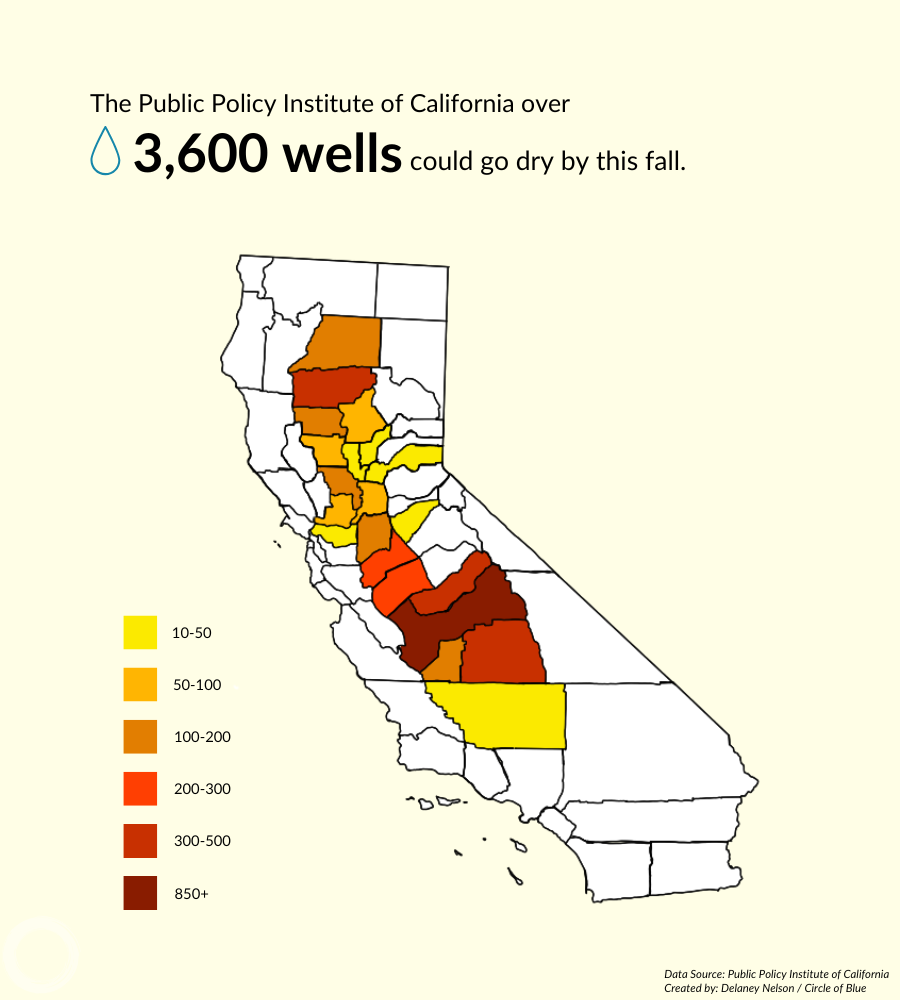
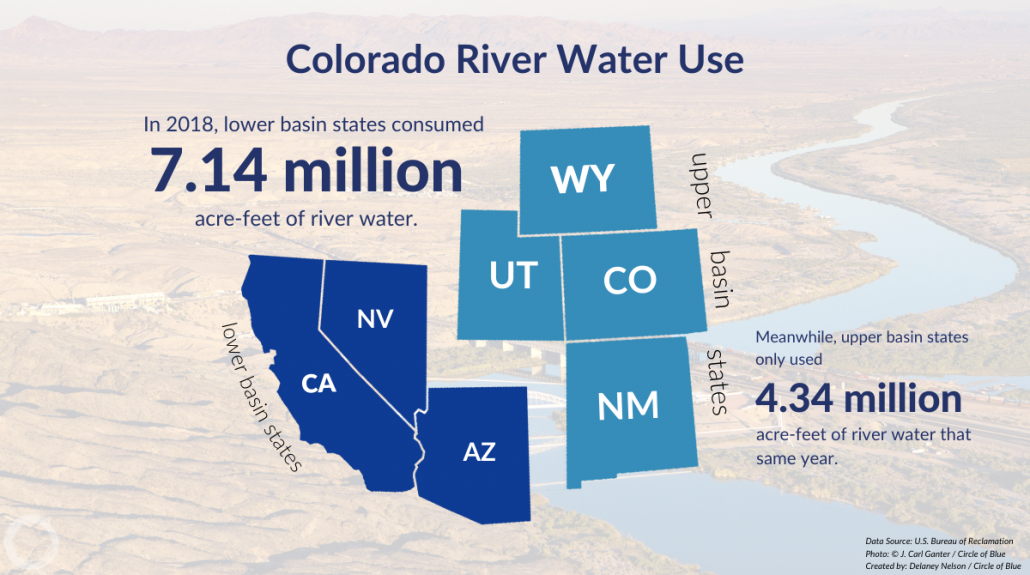

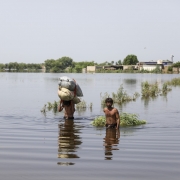
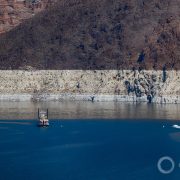
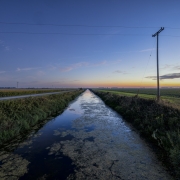
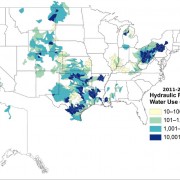
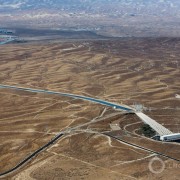
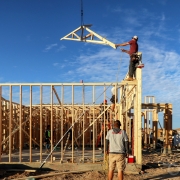


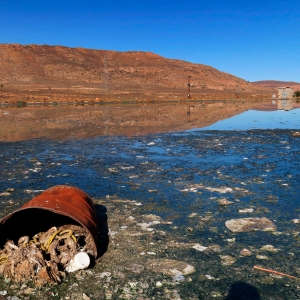
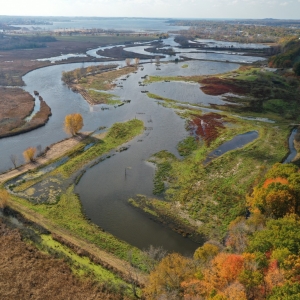
Leave a Reply
Want to join the discussion?Feel free to contribute!